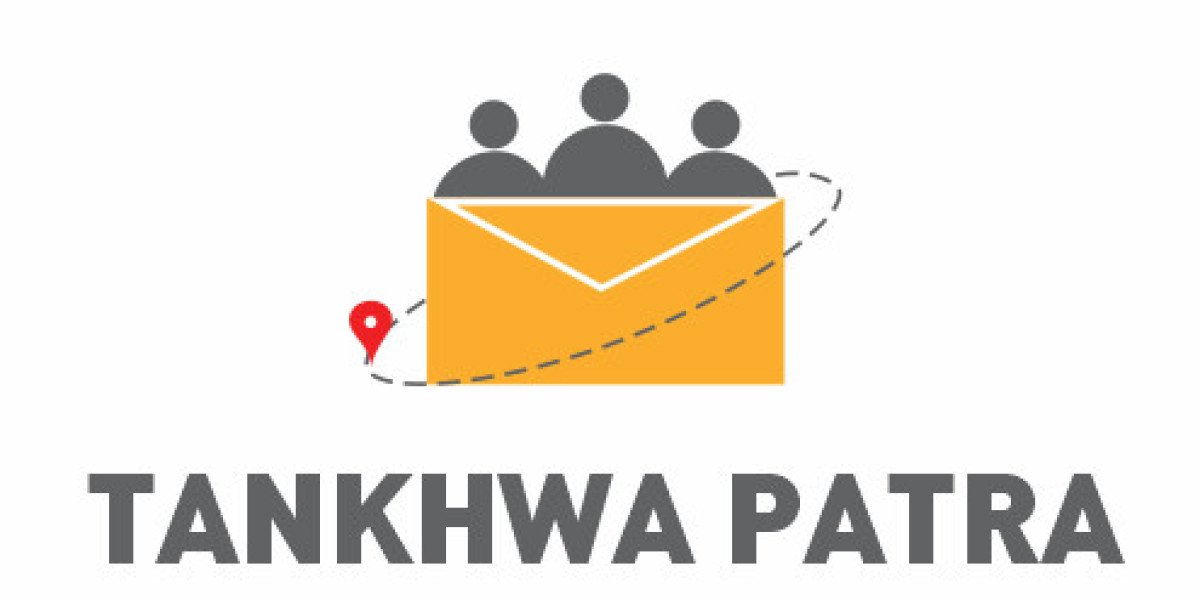In today's fast-paced work environment, efficient shift management is crucial for businesses to meet operational demands and ensure employee satisfaction. Manual shift scheduling processes are often time-consuming, prone to errors, and can lead to inefficiencies. This is where shift management software comes in, offering a range of features to streamline scheduling, enhance communication, and optimize workforce management.
Shift Management Software also known as employee scheduling software, automates the process of creating and managing shifts. It enables managers to create schedules based on employee availability, skill sets, and workload requirements. This ensures that shifts are evenly distributed and that the right employees are assigned to the right tasks, reducing the risk of understaffing or overstaffing.
1. Efficient Shift Scheduling: Shift management software automates the process of creating schedules based on employee availability, skill sets, and workload requirements, ensuring even distribution of shifts and optimal task assignments.
2. Enhanced Communication: The software facilitates seamless communication between managers and employees, allowing employees to view schedules, request time off, or swap shifts, while enabling managers to approve requests and communicate important information.
3. Real-time Visibility: Shift management software provides real-time visibility into workforce data, allowing managers to track attendance, monitor overtime, and analyze labor costs, leading to informed decision-making and improved productivity.
4. Integration Capabilities: The software can integrate with other systems such as payroll and HR software, ensuring consistency across different functions, eliminating manual data entry, and improving accuracy.
5. Compliance Management: Shift management software helps businesses comply with labor laws and regulations by automatically tracking employee hours and overtime, avoiding costly penalties and litigation.
6. Advanced Features: Some software offers forecasting tools to predict future workload and staffing requirements, as well as mobile apps for employees to access schedules and receive notifications on the go, enhancing efficiency and effectiveness.
7. Cost Savings: By optimizing workforce management and reducing the risk of understaffing or overstaffing, shift management software helps businesses save costs and improve operational efficiency.
8. Improved Employee Satisfaction: The software enables employees to have more control over their schedules, leading to increased satisfaction and morale.
9. Streamlined Operations: Overall, shift management software streamlines operations, improves communication, and optimizes workforce management, making it an invaluable tool for businesses seeking to enhance efficiency and productivity.







